Costmine compares costs of reclamation in cold climates
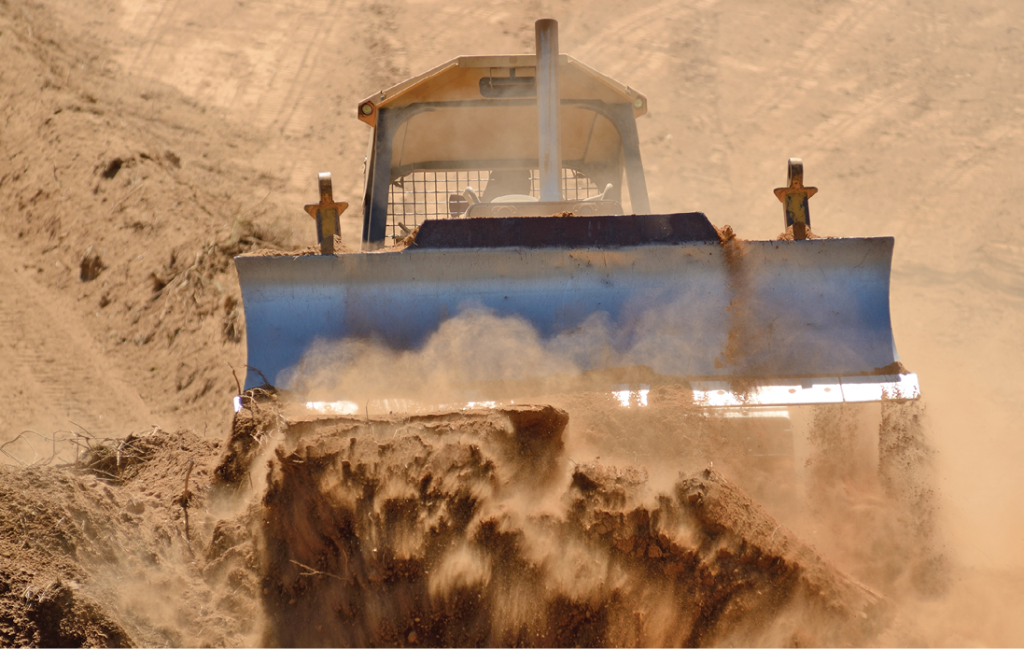
Bulldozer moving earth. Credit: tfoxfoto/iStock
As more gold projects investigate operating gold heap leach technology in cold climates, it is important to keep an eye on reclamation costs. Designing for closure before a project is developed can make a significant difference in the reclamation costs.
Costmine first surveyed Canadian gold heap leach facilities, either currently in operation or proposed, to arrive at a relevant gold heap footprint of 1,400 metres long by 700 metres wide for this reclamation cost estimating exercise. We also investigated a smaller heap leach with half of this footprint, or a gold heap of 700 metres by 700 metres. Reclamation activities included in this analysis are comprised of slope angle reduction, capping, topsoil placement and seeding.
Slope angle reduction
Due to the nature of their construction, heap side slopes are often built at the angle of repose and will usually require a reduction in that slope angle during reclamation. The least costly method for achieving this slope angle reduction typically uses a bulldozer to excavate horizontal cuts into the heap and cast material down the face. The process continues until the desired slope is achieved. Finally, near the lower end of the slope, the bulldozer will travel directly down the face to recontour the toe of the slope. In this example, costs were generated using a 15.1 cubic metre capacity bulldozer upon a heap with an original side slope of 40° and reduced to a slope angle of 34°.
Synthetic versus natural capping
New heap leach gold projects often require capping of the heap once closed as a means of keeping stormwater at bay. Presented here are the costs of applying both synthetic and natural caps. Also included, to provide context, is the cost of removing the gold heap entirely and hauling the material a distance of 500 metres. In the case of synthetic capping, a man-made membrane with a purchase price of US$23.03 per sq. metre is applied over the entire gold heap pile. The natural cap reclamation cost estimate assumes a mixture of 20% bentonite and 80% soil applied over the heap.
Topsoil placement
Included here are the costs of placing the topsoil atop the heap, spreading, contouring, and scarifying. In addition to benefiting revegetation, topsoil covers are often required for their ability to lower seepage by storing stormwater. Topsoil is applied to the heaps that are capped and is assumed to be hauled from a distance of 1 km for both pad sizes.
Seeding
Seeding is generally required to facilitate more rapid revegetation with desirable species. Seeding, once established, also has the advantage of storing water produced during storm events in the root zone. Here, seed mix was estimated to be spread over areas of 49 and 98 hectares via mechanical methods at a rate of 9 kg per hectare.
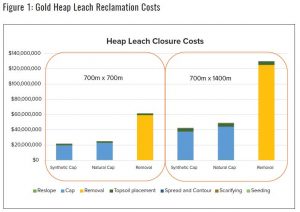
Results
As can be seen in Table 1 and 2 and Figure 1, capping the gold heap is the costliest undertaking during reclamation of the heap. And a natural, 20% bentonite cap is slightly more expensive than the purchase and application of a synthetic cap. However, these costs pale in comparison to the cost of removing the heap entirely. The decision to cap or remove the heap is often a condition of permitting. However, with good design, the reclamation costs can be minimized while maintaining good environmental compliance.
Methods
This estimate was compiled using Costmine’s Reclamation Cost Estimator and Gold Heap Leach Cost Guide. The newest entry into cost estimating for reclamation activities, this tool is available online, and saves time and money.
The Reclamation Cost Estimator is an engineering-based software program that uses your project and site parameters to estimate the equipment, labour, supply, and administrative costs associated with mine site reclamation. It is designed to quickly estimate the costs of a multitude of common reclamation tasks with up-to-date supply and equipment prices automatically queried by the application. Most cost data used by the application is supplied by CostMine’s Mining Cost Service and Mine and Mill: An Estimator’s Guide.
Krista Noyes is a reclamation specialist/geologist with Costmine and Sam Blakely is a cost analyst/geologist (www.costmine.com).
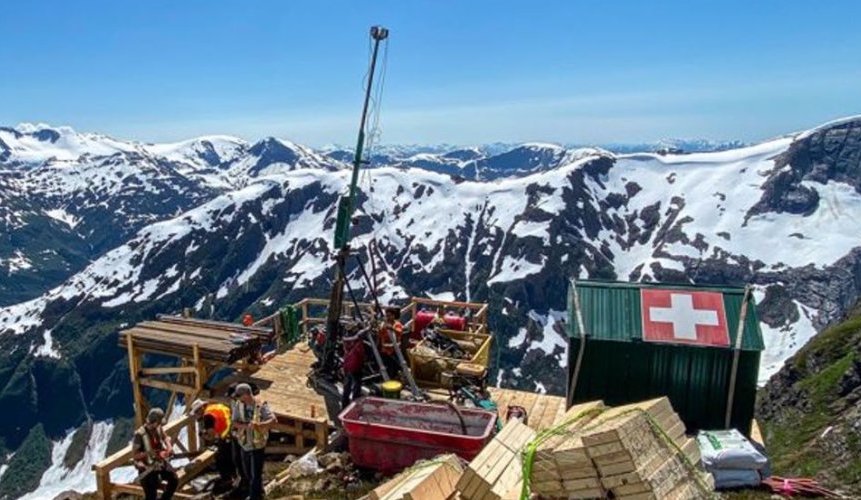
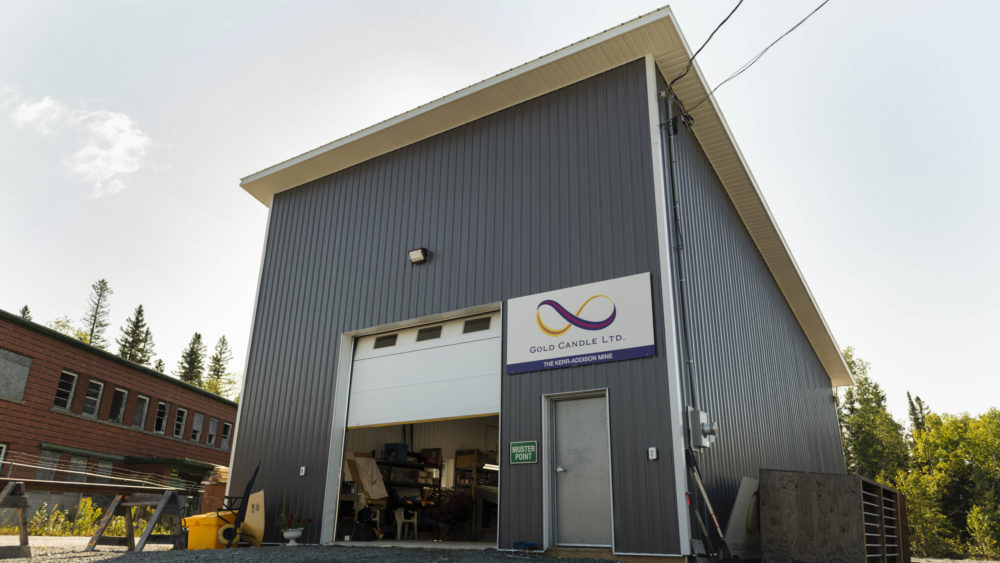
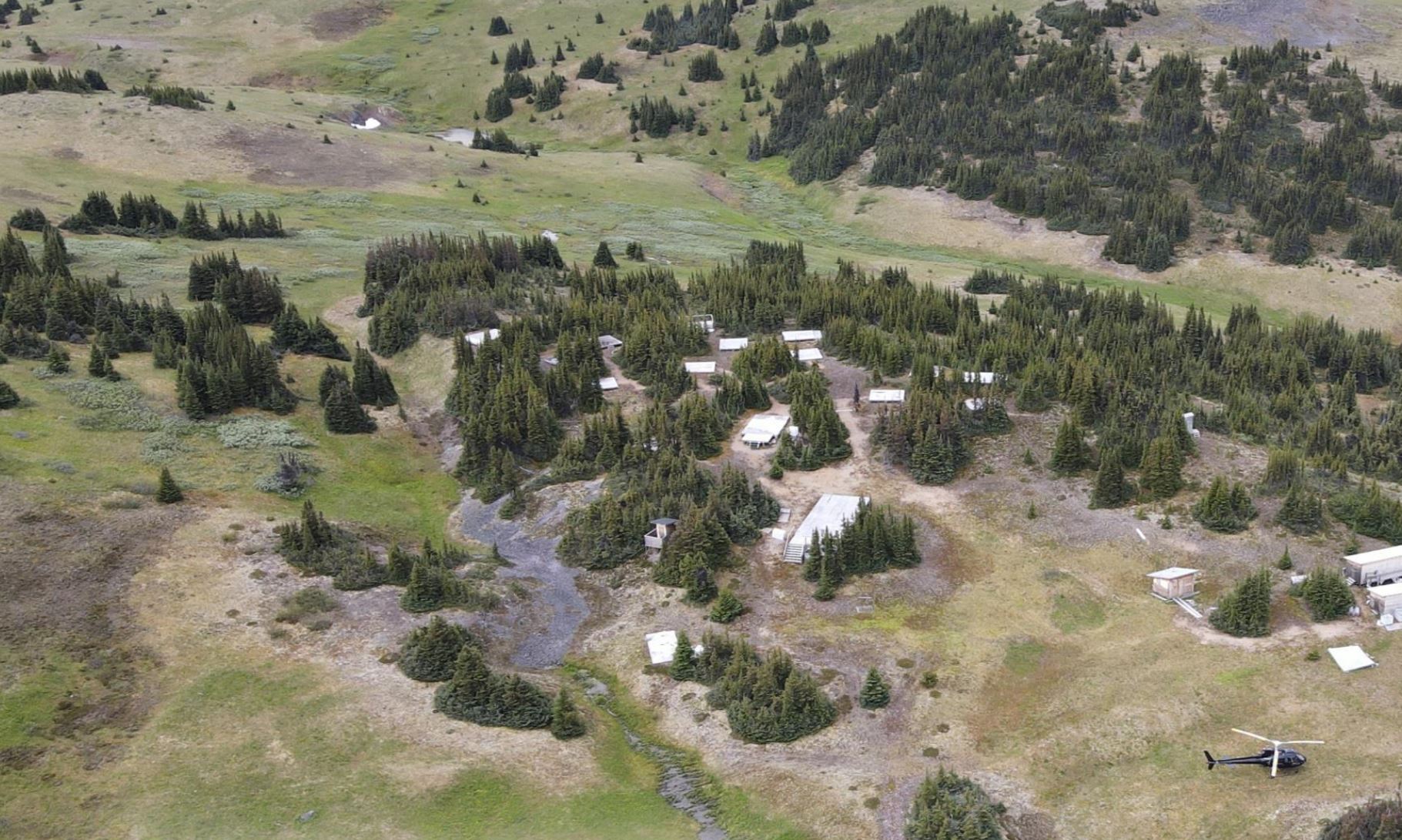
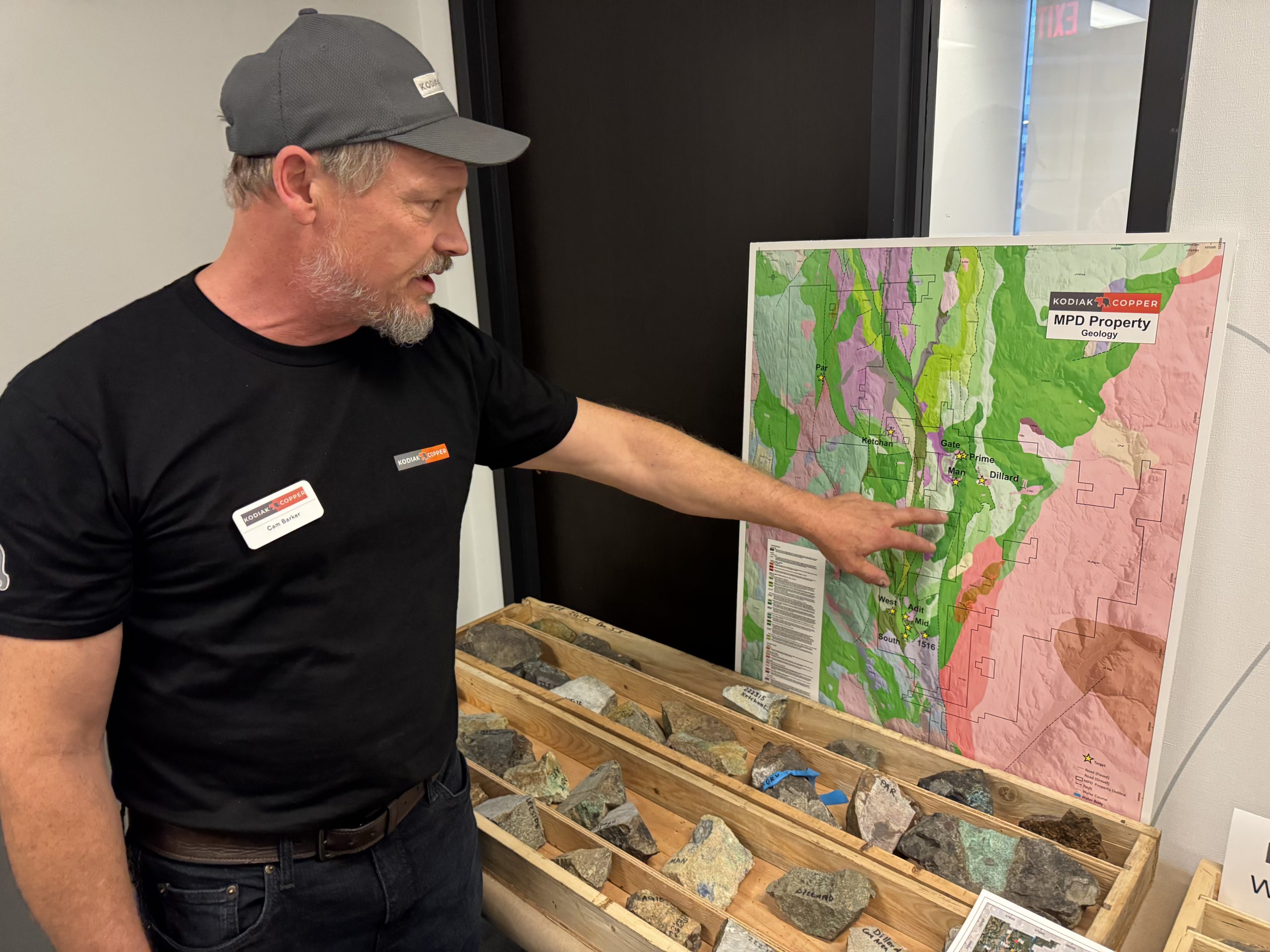
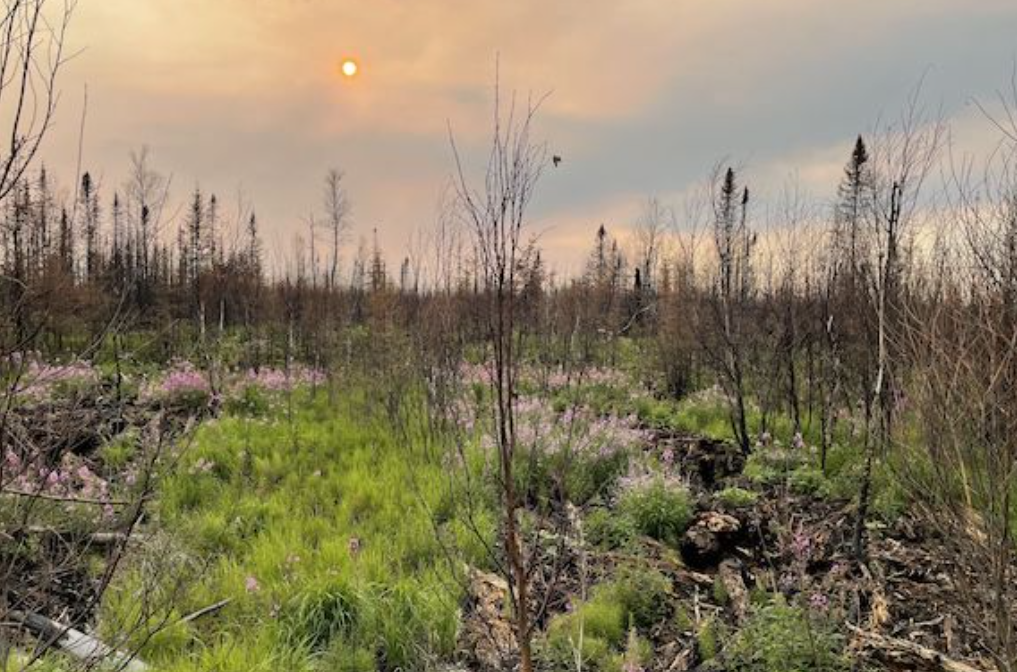
Comments